
- - The Origins of Paella and Its Traditional Ingredients
- - Essential Ingredients for Authentic Homemade Paella
- - Sourcing the Best Ingredients for Paella
- - Tips for Cooking Paella at Home
- - Real-Life Paella Experiences and Why It Matters
The Origins of Paella and Its Traditional Ingredients
Paella, one of Spain's most iconic dishes, has its origins in the region of Valencia, on the eastern coast of the country. What started as a humble meal for farmers and fishermen has evolved into a celebrated dish enjoyed worldwide. While there are various versions of paella today, the traditional Valencian recipe remains the most beloved. Authentic paella is known for its vibrant flavors, rich textures, and the careful selection of ingredients that reflect Spain's diverse culinary culture.
Traditionally, paella is made with a combination of fresh ingredients, often including meat, seafood, and vegetables, with the key to its unique taste lying in the spices and rice used. As you embark on creating your own homemade paella, it’s important to focus on the core ingredients that form the foundation of this dish. Below, we explore these essential ingredients and how they contribute to an authentic paella experience.
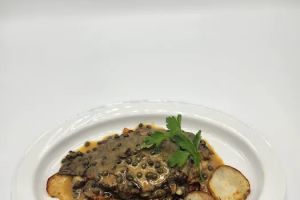
Top Spanish Cafe & Catering
WashingtonDistrict of Columbia
3541 Georgia Ave NW, Washington, DC 20010, USA
Essential Ingredients for Authentic Homemade Paella
To achieve the authentic flavor of paella, certain ingredients are non-negotiable. While recipes can vary, there are a few essential items that define the traditional Spanish dish. Let’s explore the key components that make paella so special:
1. Saffron: The Heart of Paella's Flavor
Saffron, often called the "golden spice," is perhaps the most important ingredient in any paella. Its distinct color and aroma give the dish its characteristic golden hue and deep flavor. Saffron adds an earthy, slightly sweet taste that is unmatched by any other spice, making it an essential element of paella. While saffron can be expensive, its use in paella is what transforms a good dish into a truly authentic experience.
2. Bomba Rice: The Best Rice for Paella
Unlike standard rice, Bomba rice is a short-grain variety that absorbs liquids exceptionally well, which is crucial for paella. This rice is grown in the Valencia region of Spain and is the preferred choice for authentic paella. Its ability to absorb the stock without becoming mushy is key to creating the perfect texture. If you want to replicate the true flavor of paella, make sure to use Bomba rice—or, in a pinch, you can use another short-grain rice variety with similar qualities.
3. Olive Oil: A Staple in Spanish Cuisine
Olive oil is a fundamental ingredient in Spanish cooking, and it plays a crucial role in paella. The oil is used to sauté the vegetables, meats, and seafood before the rice is added. It provides a subtle richness and depth of flavor that complements the other ingredients in the dish. Extra virgin olive oil, which is the highest quality, is the best choice for paella, as it brings out the natural flavors of the ingredients.
4. Meat and Seafood: Traditional Combinations
Paella recipes often feature a combination of meat and seafood, though some versions may focus on one or the other. The traditional Valencian paella typically includes chicken and rabbit, while seafood paellas commonly feature shrimp, mussels, clams, and calamari. Using fresh, high-quality seafood is essential for creating the most flavorful and authentic paella. For a true experience, ensure that the seafood is added toward the end of the cooking process to maintain its delicate texture.
5. Vegetables: Peppers, Tomatoes, and Beans
In traditional paella, vegetables such as bell peppers, tomatoes, and green beans are used to provide freshness and balance to the dish. These ingredients bring not only flavor but also texture to the paella, creating a well-rounded meal. Some recipes also include peas or artichokes, depending on regional variations and seasonal availability. The addition of these vegetables helps to create the perfect harmony of flavors and ensures that the dish remains light and vibrant.
Sourcing the Best Ingredients for Paella
To create the most authentic homemade paella, sourcing the right ingredients is key. While it is possible to find many of the necessary ingredients in local grocery stores, certain items, such as Bomba rice and saffron, may be more challenging to find. Specialty stores that focus on Spanish or Mediterranean foods, as well as online retailers, are great resources for locating these traditional ingredients.
One excellent option for sourcing the best paella ingredients is to visit Rubi Spanish Table, where you can find a wide selection of authentic Spanish ingredients, including saffron, Bomba rice, and premium olive oils. Using high-quality ingredients will make a noticeable difference in the final dish, so it’s worth taking the time to find the best products available.
Tips for Cooking Paella at Home
While paella may seem like a daunting dish to prepare, it’s actually quite approachable with the right techniques. Here are some tips to help you create the perfect paella at home:
1. Use the Right Pan
The traditional paella pan is wide and shallow, allowing the rice to cook evenly and form the signature crispy bottom layer known as "socarrat." If you don’t have a paella pan, a large, shallow skillet will work as a substitute. The key is to ensure that the rice is spread out in an even layer to allow proper cooking.
2. Don’t Stir the Rice
One common mistake when cooking paella is stirring the rice. Unlike risotto, where constant stirring is required, paella should be left undisturbed once the rice is added. Stirring can cause the rice to release too much starch and result in a mushy texture. Let the rice cook undisturbed for a deliciously firm and flavorful result.
3. Let It Rest
After your paella is finished cooking, let it rest for about 5 to 10 minutes before serving. This allows the flavors to meld together and makes for a more flavorful dish. It also gives the rice time to firm up and makes serving easier.
Real-Life Paella Experiences and Why It Matters
Making paella at home is more than just following a recipe—it’s about connecting with Spanish culture and traditions. For many families in Spain, paella is a communal dish that brings people together. There’s something special about gathering around a table, sharing stories, and savoring a dish that has been passed down through generations.
One home cook, Maria, shares her experience with paella: “I remember making paella with my grandmother when I was younger. It wasn’t just about the food; it was about the memories we created together. Now, when I make paella for my family, it’s a way to continue that tradition and share the flavors of Spain with the ones I love.”
Whether you’re preparing paella for a special occasion or a casual meal, taking the time to source traditional ingredients and follow authentic methods will result in a dish that brings not only delicious flavors but also a deeper connection to Spain’s rich culinary heritage.
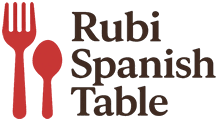
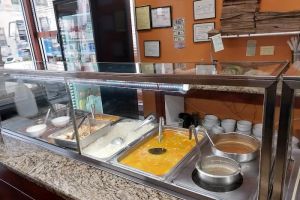
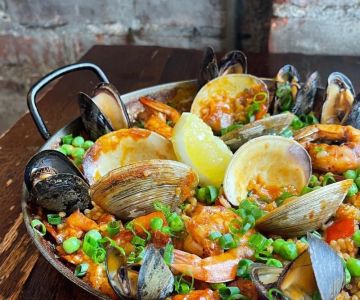
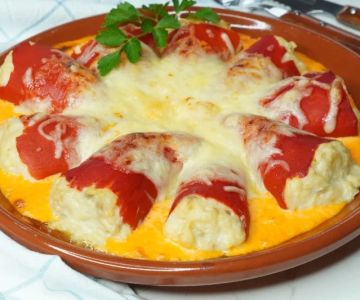
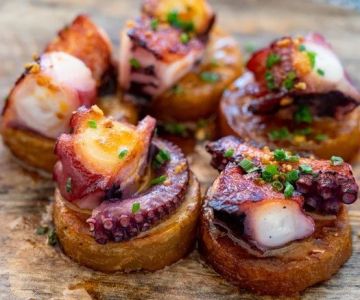
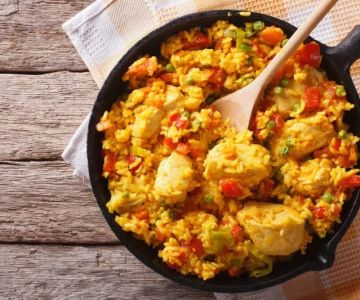
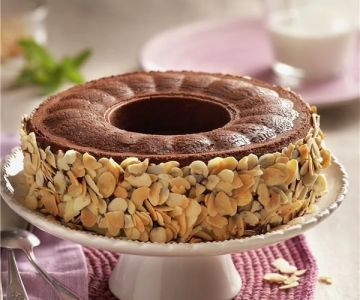
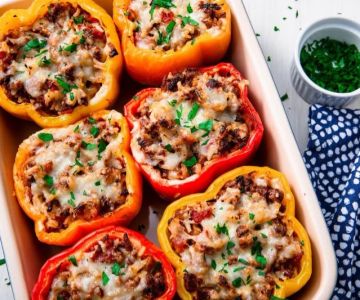
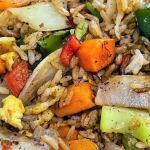 Los Latinos Deli & Grill4.0 (151 reviews)
Los Latinos Deli & Grill4.0 (151 reviews) Rice & Beans Bar and Restaurant4.0 (970 reviews)
Rice & Beans Bar and Restaurant4.0 (970 reviews)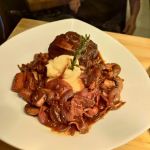 El Basque4.0 (38 reviews)
El Basque4.0 (38 reviews) Tambora Restaurant4.0 (3 reviews)
Tambora Restaurant4.0 (3 reviews) Bulla Gastrobar4.0 (10428 reviews)
Bulla Gastrobar4.0 (10428 reviews) Bartolo4.0 (47 reviews)
Bartolo4.0 (47 reviews) Exploring the History and Cultural Significance of Spanish Tapas
Exploring the History and Cultural Significance of Spanish Tapas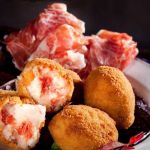 How to Make Spanish Piquillos con Jamón: Piquillos with Ham
How to Make Spanish Piquillos con Jamón: Piquillos with Ham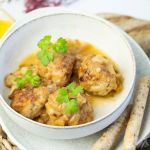 How to Make Spanish Albóndigas de Pollo con Salsa de Almendra: Chicken Meatballs in Almond Sauce
How to Make Spanish Albóndigas de Pollo con Salsa de Almendra: Chicken Meatballs in Almond Sauce The Best Spanish Food Markets in Salamanca for Fresh Meats and Cheeses
The Best Spanish Food Markets in Salamanca for Fresh Meats and Cheeses Top 10 Spanish Tapas Recipes You Need to Try for a Delicious Feast
Top 10 Spanish Tapas Recipes You Need to Try for a Delicious Feast The Art of Making Spanish Jamón Ibérico at Home
The Art of Making Spanish Jamón Ibérico at Home